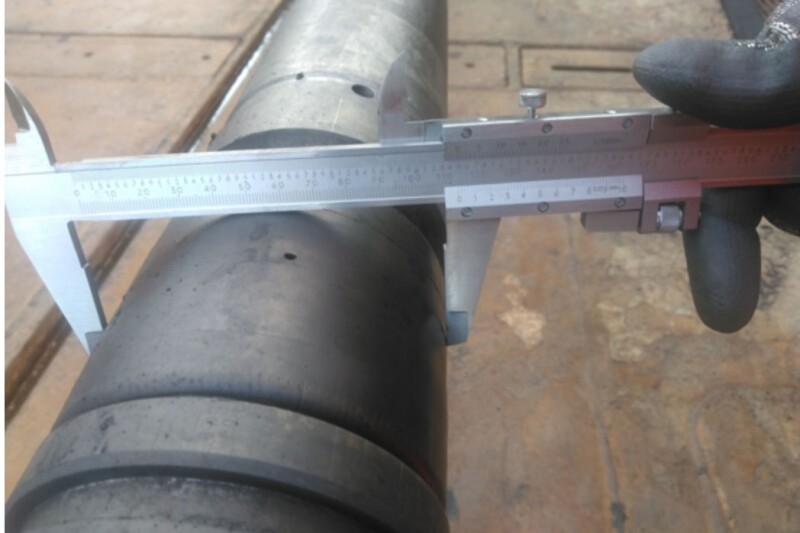Project Greensand is Denmark’s leading CO2 sequestration project, expected to store between 4 million and 8 million metric tons of CO2 per year by 2030. An offshore CO2 injection trial in a depleted and inactive reservoir was conducted recently to evaluate the injection of CO2 into an existing water-injection well in the Danish North Sea. This operation demonstrated the possibility of using conventional intervention equipment and services as part of an early-phase enabler for a carbon-storage project.
Introduction
To meet climate objectives, Denmark acknowledges CO2 storage as a central solution. The vision for this effort is being realized through Project Greensand, backed by the Danish government. Project maturation entails a pilot test period with live CO2 injection, wherein CO2 is provided in batches by a marine vessel.


